Picea
A presentation of Picea, a work in progress of composer Lauri Supponen and violinist Eriikka Maalismaa. The exhibition is in diary form, with irregular posts tracing the process until the premiere in June.
Date & time
10th March 2021 - 10th July 2021
Exhibition style
Composer Lauri Supponen and violinist Eriikka Maalismaa spend their residency at AiR Frosterus writing a solo violin piece Picea (working title).
On this page you will find a series of posts describing various stages and approaches into the composition work.
The final piece is scheduled for premiere in June 2021 at the Music Centre, in Helsinki, alongside four other works commissioned by Maalismaa from young Finnish composers.
March 10th 2021 – the treeline

(1495-97) British Museum
Picea.
Picea abies.
Spruce. Kuusi.
A centennial member of a centimillenial family, inhabiting the northern slopes of the Paneveggio regio of South Tyrol in Italy.
A refraction of light, a densening of the atmosphere sensible to a wanderer, a forest guard, a luthier, a composer, a violinist walking through the Bosco che suona, the Forest that Sounds.
Spruce is the most common material of the soundboard of a violin. The individuals growing on this Alpine slope are especially valued for the sonic properties of their wood. Their regular grain and the density of their growth rings enable a steady breathing of the wood during it’s service as an instrument.
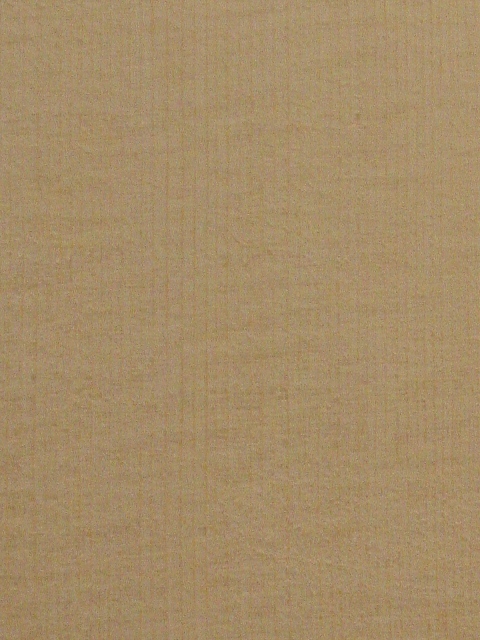
(Gamut Music Inc.)
The watershed of budding capitalism determined whether a trunk floated down the Brenta and Piave to fuel the insatiable arsenal of La Serenissima, or down the Aviso and Adige to the workshops of luthiers in Cremona. In Venice, a spruce was both a violin and a war galley, a fate determined by a few hundred metres of Alpine slope.
If the battle of Lepanto represents a forest at sea1, the string orchestra of L’Ospedale della Pietà made famous by Antonio Vivaldi represents a forest on stage.
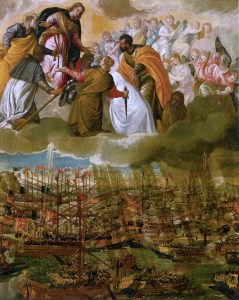
(1571) Gallerie dell’Accademia

____
1 Aaron S. Allen, ‘Fatto di Fiemme’: Stradivari’s violins and the musical trees of the Paneveggio
April 11th 2021 – paper lines
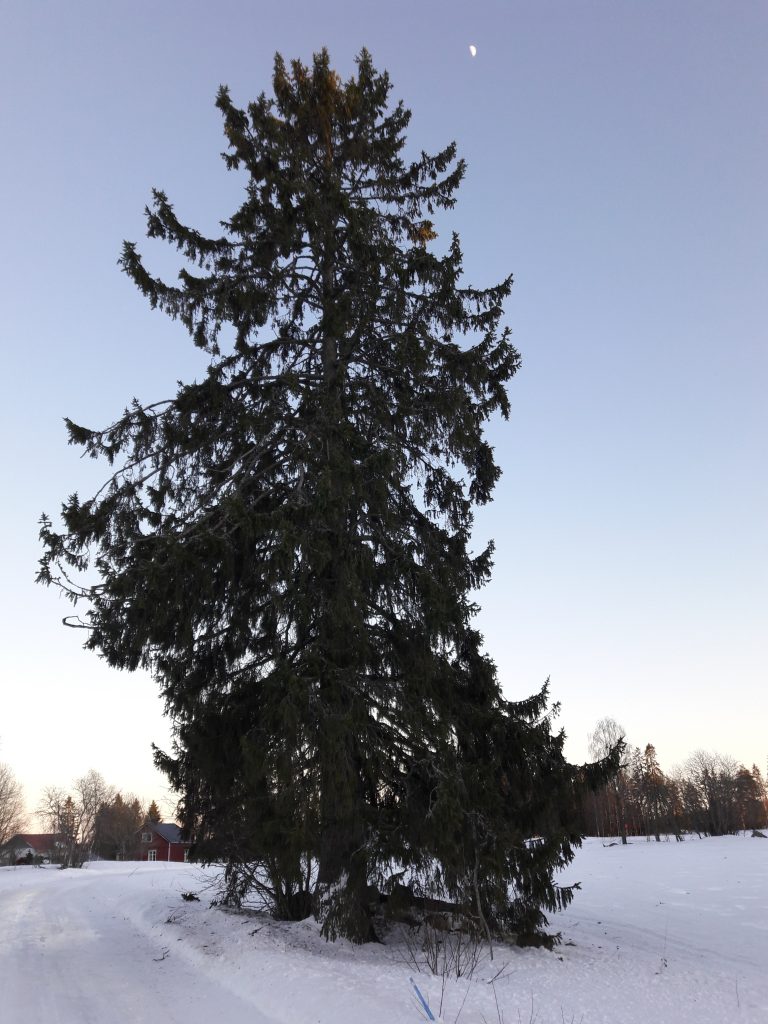
Before and after Eriikka spent a week at the residency, I engaged myself in two practices to support compositional work.
I read about trees.
Richard Powers, The Overstory
Emanuele Coccia, The Life of Plants
Andri Snær Magnason, On Time and Water
I went out to observe trees.
A large, old spruce tree at the edge of a forest clearing. Near the Suomela-Hatunperä cross-country skiing tracks. I hereby give it the nickname Bonzo.
Two pines, massive in comparison to the hundreds of their kin growing in tree-fields, left standing by the Ruhankangas road, a few metres past the communal nature-path.
The Ruhankangas old spruce. Possibly left standing for nostalgia reasons, or similarly to hundreds of counterparts especially on crossroads – as a landmark.
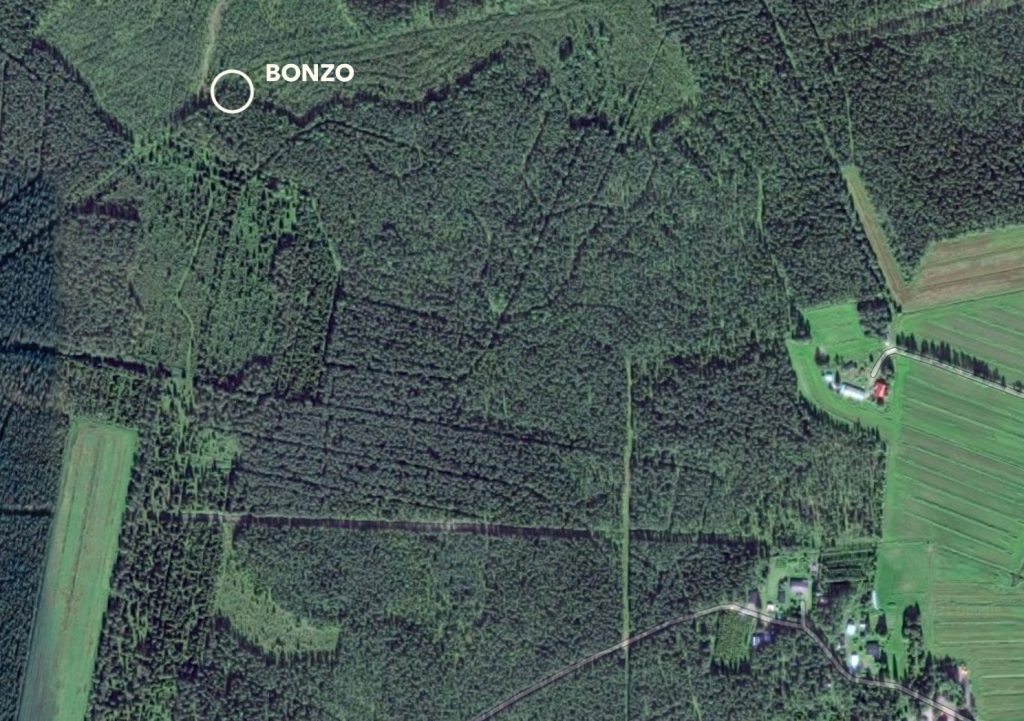
Through the ebbing and flowing of these two practices, I found myself attempting to think differently about trees and subsequently about the world as a habitat for trees.
Myself. (the air I breathe)
My work as a composer. (the paper I write on)
In a habitat created by trees.
In Overstory, Richard Powers communicates his observations and research of trees and forest ecosystems in form of a ‘good story’. As for him, it is through a ‘good story’ that he may attempt to reach humans and facilitate their awakening into a world where trees are protagonists.
The Life of Plants is a meandering flow of poetry and philosophy that looks for an existence as defined by plants. Our very consciousness made possible by the improbable life plants continuously create, and in which we humans float like jellyfish in water. Thickenings of the air in an atmosphere created by plants and trees.
Magnason recounts the destructive effects of global economy on the precarious ecosystems of his home country of Iceland. His beautiful, taoist meditations on empty space continue to have deep effect on me. As if continuing Allen’s observations of the transposition of wooden sticks, he quotes Laozi:
Thirty spokes coming together make up a wheel
but it is the hole for the axle that makes the
wheel useful.2
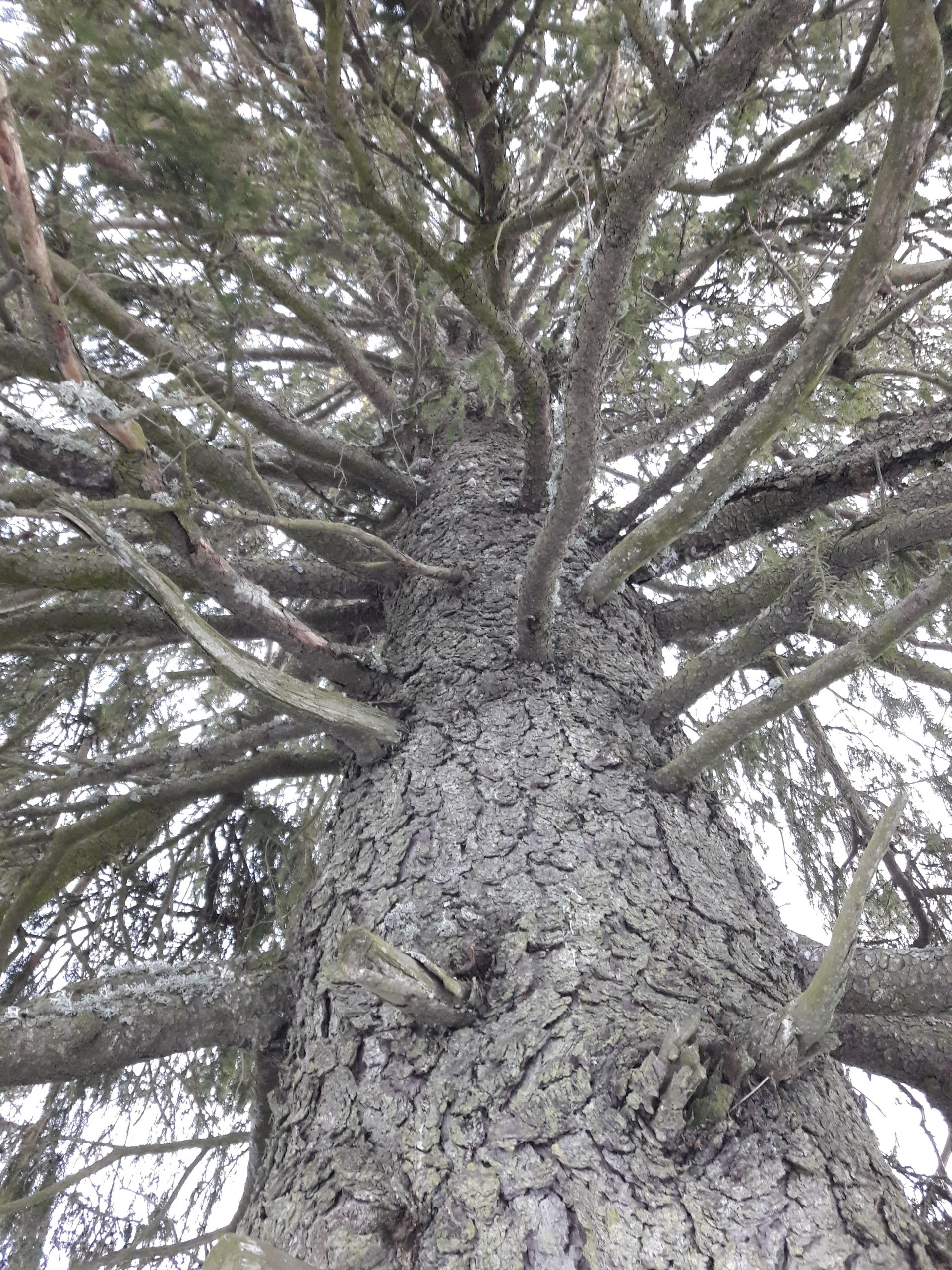
____
2Andri Snær Magnason, ‘On Time and Water’, quoting Laozi, ‘Daodejing’
July 4th 2021 – the finish line

More than 3 years ago Eriikka and myself started working on some sketches in Rome for what was to become Picea.
We knew we wanted to spend time to get to know one another.
To get to know Rome.
Eat well, walk a lot, visit a violin maker.
Try out some chords.
Find the best pasta in town.
Make use of the sprightly – mostly Icelandic – minds of the Circolo Scandinavo residency, when they gave us insightful feedback after our first demo.
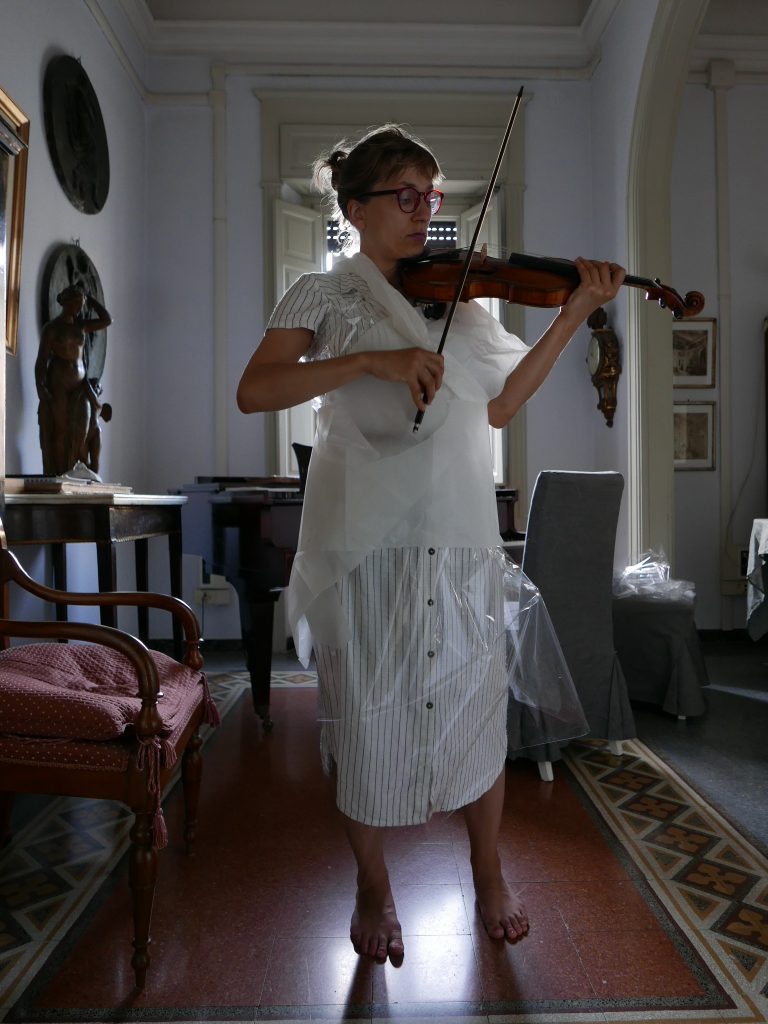
Now it’s three days before the premiere.
I’m slightly nervous – and as the piece has many moving parts, the pixelated butterflies behind my navel will undoubtedly keep in motion until the performance.
We had two technical run-throughs together with our costume designer Kaisamaija Uljas. After the second earlier today, we managed to run through the whole piece without encountering any major technical difficulties with the electronics or the video.
We carried armchairs out onto the street and had tacos.
A sure sign of relative confidence in what we are doing.
It’s going to happen. On wednesday 7th at 4pm at the Teatteri of Viitasaari.
As part of the legendary Viitasaari Time of Music festival.
Here is a trailer. Hope you enjoy it.
Thank you for following this project!
See you around – you’ll find me on lasuppon [a] gmail.com and www.laurisupponen.fi.
Image descriptions
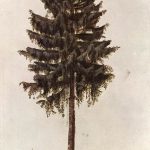
This illustration by Albrecht Dürer (incorrectly names Pine, although it depicts a Spruce) straddles in between a scientific document and a technical study. An allegory for a piece of contemporary music, often of an equally unspecified nature.
Send me a message
If you’d like to reach out and discuss my exhibitions or purchase an art piece, send me a message using the form below.